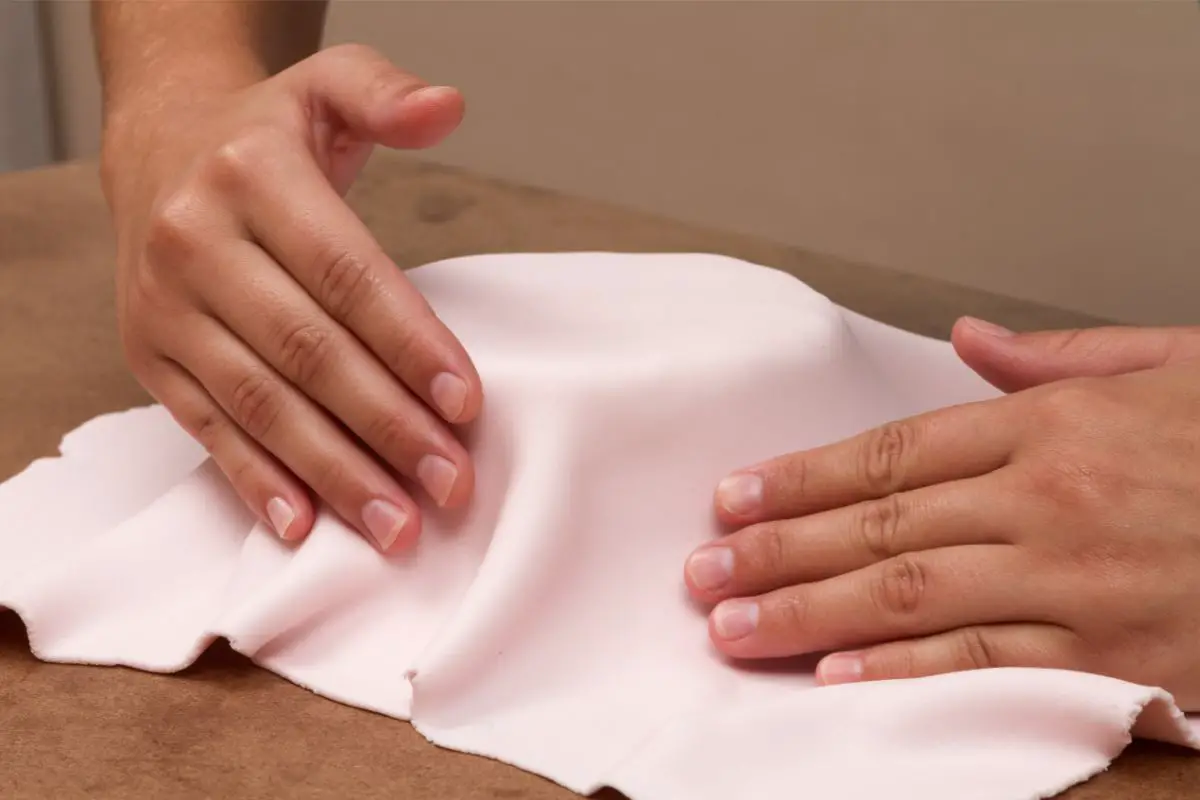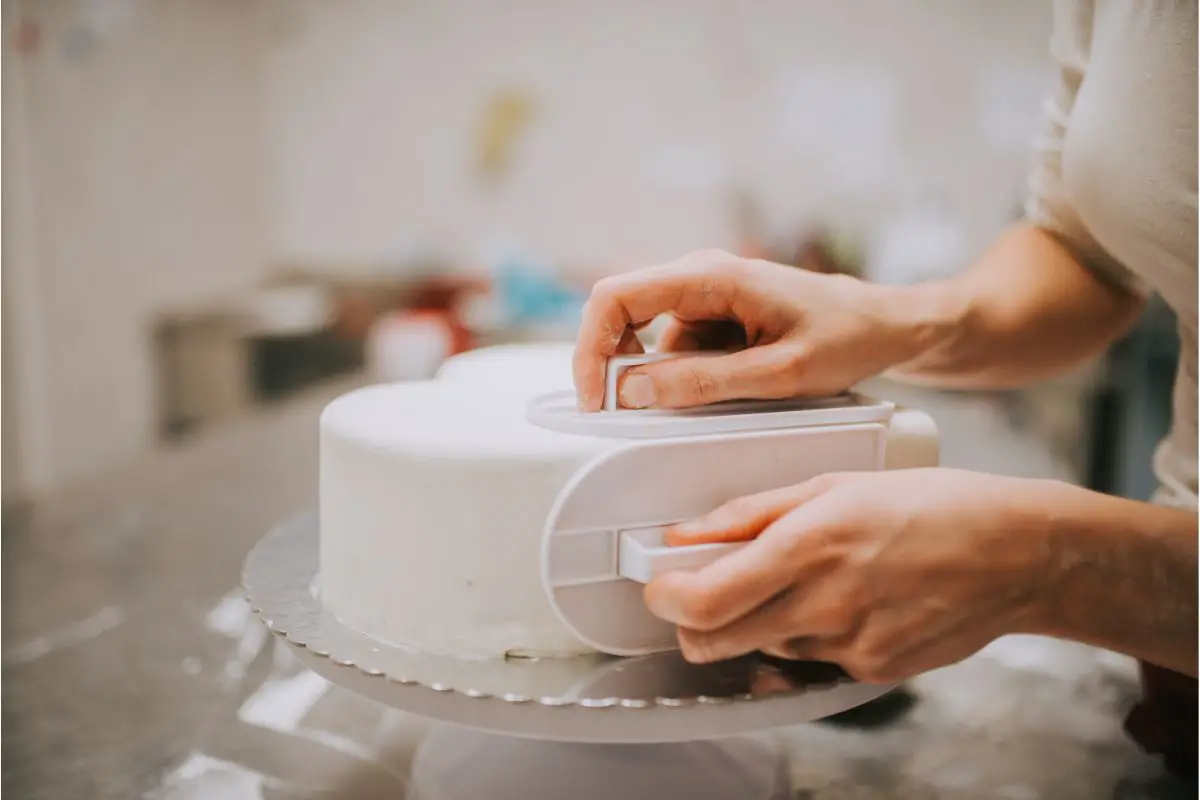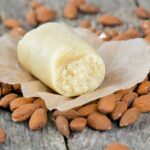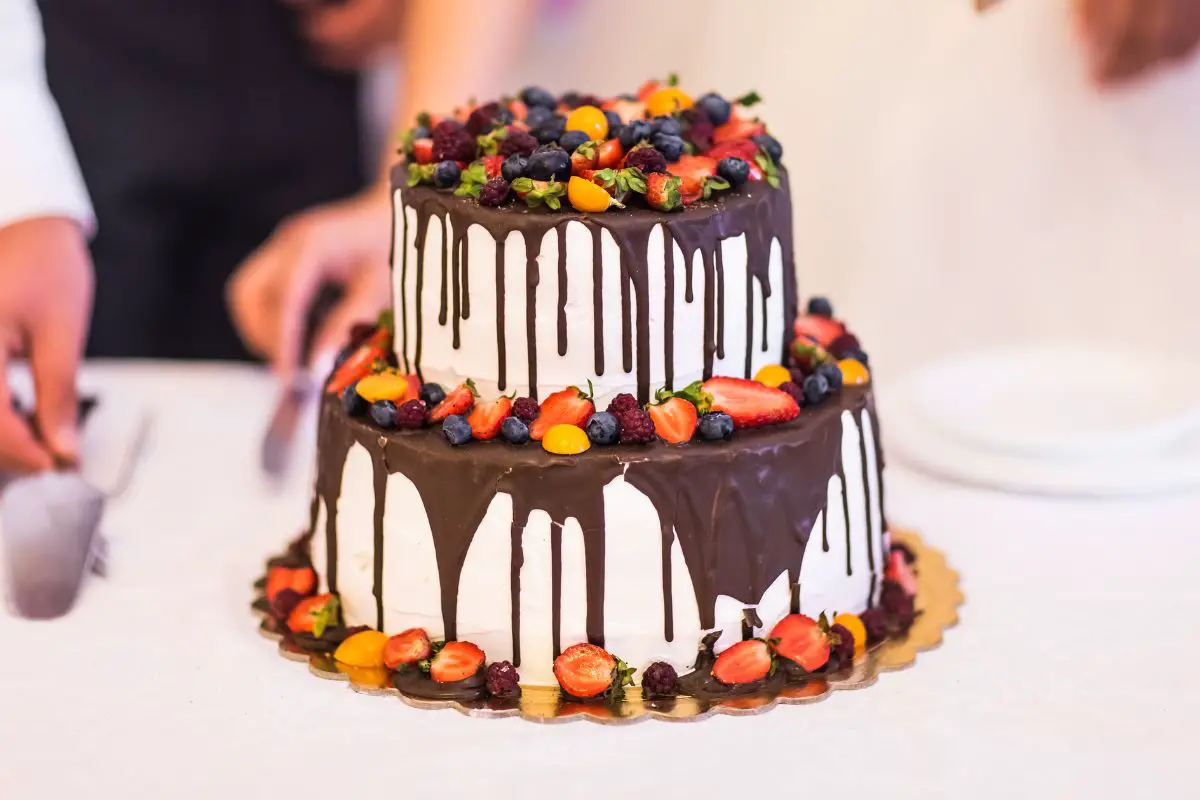Fondant, a smooth and pliable icing, has become a go-to choice for creating stunning cake decorations, elegant pastries, and edible works of art.
The ability of fondant to transform desserts into exquisite masterpieces has made it a staple in the realm of culinary creativity.

In this article, we will delve into the realm of fondant, unraveling its composition, its history, and offering a recipe so you can try and make your own fondant for your baking projects at home. Let’s get started.
What Exactly Is Fondant?
Fondant is a smooth and pliable icing used in cake decorating and confectionery design. It is made from a mixture of sugar, water, and sometimes glucose or corn syrup.
The ingredients are cooked together to create a thick paste that can be rolled out into thin sheets or molded into various shapes.
Fondant is known for its ability to create a flawless, satin-like finish on cakes and pastries. It provides a smooth surface that can be easily decorated with intricate designs, textures, and colors.
The versatility of fondant allows for a wide range of creative possibilities, making it a popular choice among professional bakers, pastry chefs, and cake decorators.
There are two main types of fondant: rolled fondant and poured fondant.
Rolled fondant is the more commonly used form and is rolled out like dough before being draped over cakes or used to create decorative elements.
Poured fondant, on the other hand, is a smoother and more liquid version that is poured over pastries or used to coat petit fours.
Fondant can be colored using gel or powder-based food coloring, allowing for endless customization and artistic expression.
It can also be flavored with extracts or essences to add a hint of taste to the sweet icing.
While fondant is primarily used for decorative purposes, it also serves a practical function. It helps preserve the moisture of cakes, creating a barrier that keeps the cake fresh and protected.
When working with fondant, it is important to keep it covered or wrapped tightly to prevent it from drying out and becoming brittle.
It can be rolled out using a rolling pin and draped over a cake that has been covered with a layer of buttercream or ganache for a smooth finish.
The History of Fondant
The history of fondant can be traced back several centuries, with its origins rooted in the realm of confectionery and sugar work.
While the precise details are often elusive, fondant has a rich history that has evolved over time.
One of the earliest known records of fondant-like substances dates back to ancient India, where a type of sweet paste known as “khanda” was made from sugar, honey, and various aromatic flavorings.
This early form of fondant was used in religious ceremonies and celebrations.
During the Renaissance period in Europe, fondant gained popularity among the elite and aristocratic circles.
It became a favored medium for intricate sugar sculptures, lavish centerpieces, and edible works of art that adorned grand feasts and banquets.
Fondant was often molded into delicate shapes and used to create intricate decorative elements for desserts and confections.
In the 17th and 18th centuries, French pastry chefs further refined the art of working with fondant.
They developed techniques to create smoother and more pliable versions of fondant, making it easier to cover cakes and shape intricate designs.
These advancements paved the way for the use of fondant in elegant pastries and elaborate cake decorations.
It was during the 19th century that the process of manufacturing fondant on a larger scale began.
Innovations in sugar production and refining techniques allowed for the mass production of fondant, making it more accessible to both professional bakers and home cooks.
In the early 20th century, fondant experienced a surge in popularity with the rise of cake decorating as a distinct culinary art form.
Bakers and confectioners began using fondant to cover cakes, creating a smooth canvas for elaborate decorations and designs.

How To Make Fondant
Making fondant from scratch allows you to customize the flavor, color, and texture to your liking. Let’s check out a basic recipe so you can try and make it for yourself in your own kitchen.
Ingredients
- 4 cups of powdered sugar (confectioners’ sugar), plus extra for dusting
- 1/2 cup of corn syrup
- 1 tablespoon of water
- 1 teaspoon of clear vanilla extract or desired flavoring
- Gel food coloring (optional)
Instructions
Sift the powdered sugar into a large mixing bowl to remove any lumps.
In a microwave-safe bowl, combine the corn syrup and water. Microwave on high for about 30 seconds or until the mixture is warm but not boiling.
Pour the warm corn syrup mixture into the bowl with the powdered sugar. Add the clear vanilla extract or desired flavoring.
Mix well with a wooden spoon or spatula until the ingredients start to come together.
Transfer the mixture onto a clean and lightly powdered sugar-dusted surface.
Knead the fondant with your hands, incorporating the powdered sugar gradually, until the fondant becomes smooth, elastic, and no longer sticky.
If the fondant is too dry, add a little water; if it’s too sticky, add more powdered sugar.
If desired, add a few drops of gel food coloring to the fondant and knead it until the color is evenly distributed.
Keep in mind that gel food coloring is more concentrated than liquid food coloring, so start with a small amount and add more as needed.
Once the fondant has reached the desired consistency and color, shape it into a ball and wrap it tightly in plastic wrap.
Allow it to rest at room temperature for at least 1 hour. This resting time will help the fondant to firm up and become more pliable.
Your homemade fondant is now ready! If not using immediately, store the fondant in an airtight container at room temperature for up to a week.
Final Thoughts
Fondant has revolutionized the world of cake decorating and confectionery, offering a versatile and artistic medium for bakers and pastry chefs to create edible masterpieces.
From its ancient origins to its refined modern form, fondant has stood the test of time, captivating both the eye and the taste bud.
Fondant truly embodies the union of craftsmanship and culinary art, elevating cakes and pastries into edible marvels that inspire awe and celebration.
- How To Make Honey Butter - July 4, 2023
- How To Make Meringue - July 3, 2023
- What Is Shortening? - July 3, 2023








